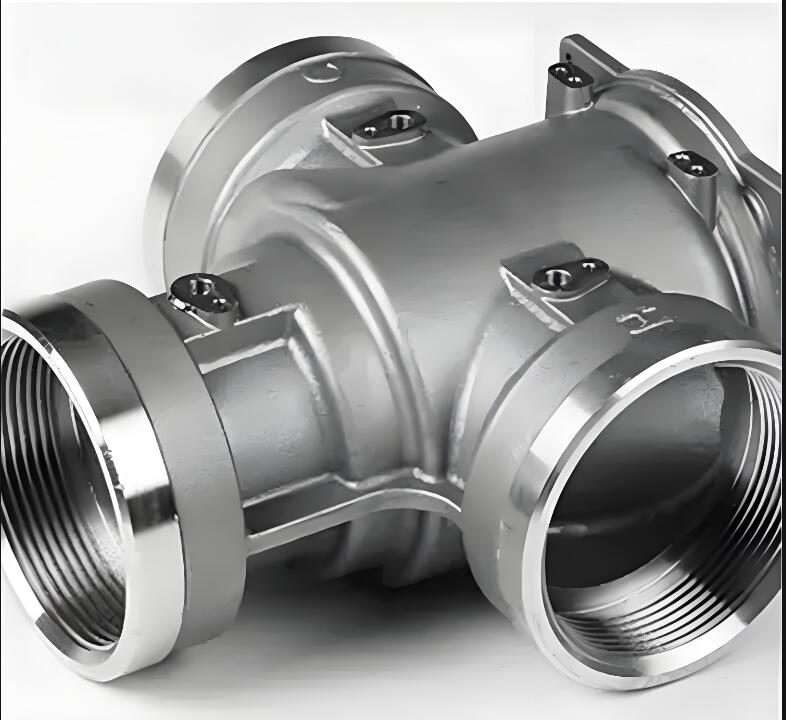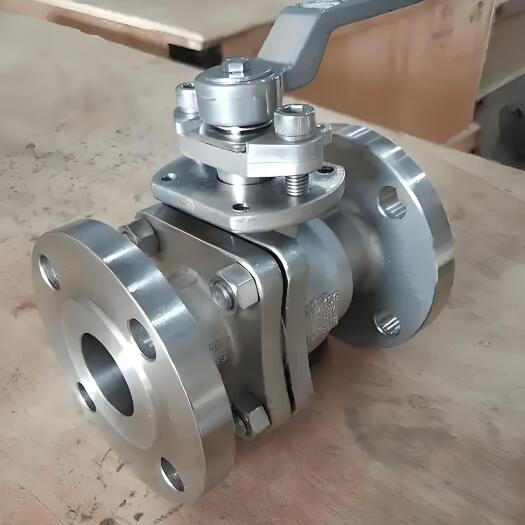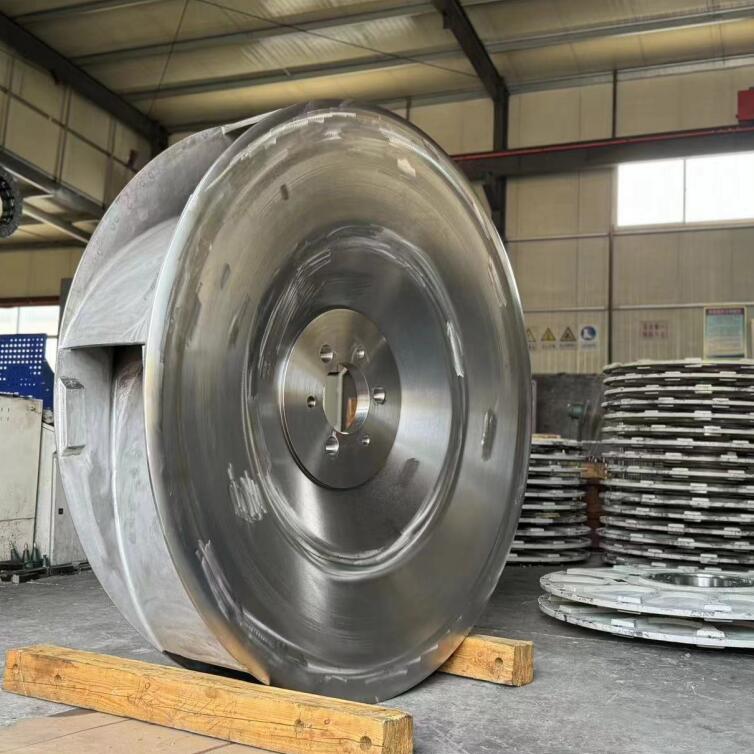1.4462 duplex stainless steel casting means a casting process or casting made from 1.4462 duplex stainless steel material. It can meet special needs because of outstanding corrosion resistance and excellent mechanical properties .JC Casting is a 1.4462 duplex stainless steel casting foundry. We manufactured and exported many 1.4462 duplex casting products every month.

Material Properties
1.4462 Duplex Stainless Steel Chemical Composition
1.4462 duplex stainless steel is a stainless steel material with excellent properties.Major alloying elements include chromium (Cr), nickel (Ni), molybdenum (Mo) and nitrogen (N). The chemical composition is as following:
| Chemical Composition | Spec: EN 10088-3:2005 |
| Chemical Element | % Present |
| Carbon (C) | 0.0 – 0.03 |
| Chromium (Cr) | 21.00 – 23.00 |
| Manganese (Mn) | 0.0 – 2.00 |
| Silicon (Si) | 0.0 – 1.00 |
| Phosphorous (P) | 0.0 – 0.03 |
| Sulphur (S) | 0.0 – 0.02 |
| Nickel (Ni) | 4.50 – 6.50 |
| Nitrogen (N) | 0.10 – 0.22 |
| Molybdenum (Mo) | 2.50 – 3.50 |
| Iron (Fe) | Balance |
Mechanical properties
Balance of high strength and toughness: Duplex organization (ferrite + austenite) enables yield strengths more than 450 MPa. About twice as much as 316L stainless steel. Tensile strength of over 620 MPa. Good impact toughness. It is not easy to be brittle at low temperature.
Corrosion resistance
High chromium (21-23%), molybdenum (2.5-3.5%) and nitrogen (0.1-0.22%) content makes the pitting resistance equal (PREN) ≥32, far more than 316L stainless steel (PREN ≈25). Excellent performance in chlorine ion (such as seawater, salt solution) environment.
High resistance to stress corrosion cracking (SCC): Duplex structure reduces the tendency to intergranular corrosion and stress corrosion. Especially suitable for high temperature, high stress + corrosive media coexistence environment. For example, heat exchangers and chemical reactors.
Applications
| Industry | Specific Applications | Core Advantages Demonstrated |
| Oil and Gas | Subsea pipeline flanges, wellhead equipment, refining plant components | Resistance to hydrogen sulfide corrosion, high-pressure loading, and stress corrosion cracking |
| Chemical/Pharmaceutical | Reaction vessels, centrifuge drums, corrosive medium transfer pumps | Resistance to acid/alkali corrosion, intergranular corrosion, and hygienic-grade corrosion resistance |
| Marine Engineering | Seawater pump impellers, ship ballast water system valves | Resistance to seawater pitting corrosion, anti-biofouling, and high-strength impact resistance |
| Energy and Environmental Protection | Waste incinerator components, desulfurization and denitrification equipment | Resistance to high-temperature oxidation, chlorine-containing exhaust gas corrosion, and high-temperature fatigue |
| Food Processing | Food-grade pipelines, reaction tanks, sterilization equipment | Non-toxic and hygienic, corrosion-resistant, easy to clean, and resistant to microbial erosion |
1.4462 Duplex Casting Process Methods
1.4462 duplex stainless steel casting can be used investment casting, sand casting. This is also the main process of JC Casting.

Investment casting can produce castings with high dimensional accuracy and good surface quality. It is suitable for manufacturing complex shaped parts.
We have our own casting foundry. Slica Sol investment casting and sand casting are the main technique for 1.4462 duplex stainless steel casting .According to your requirment, you can choose different casting process.
| Choose Investment Casting | Choose Sand Casting |
| High-precision requirements (e.g., fit tolerances ≤±0.05mm). | Large part size (weight >50kg) or high-volume production (>1,000 pieces). |
| Complex geometries (e.g., multi-hole, thin-walled, internal threads). | Higher priority on mechanical properties than surface finish (e.g., load-bearing structures). |
| Strict surface quality standards (e.g., medical, food industries). | Cost-sensitive projects (allowing post-casting machining). |
When heat treating, temperatures generally range from 1750°F to 2250°F. At this temperature, the material is softer and easier to machine.

